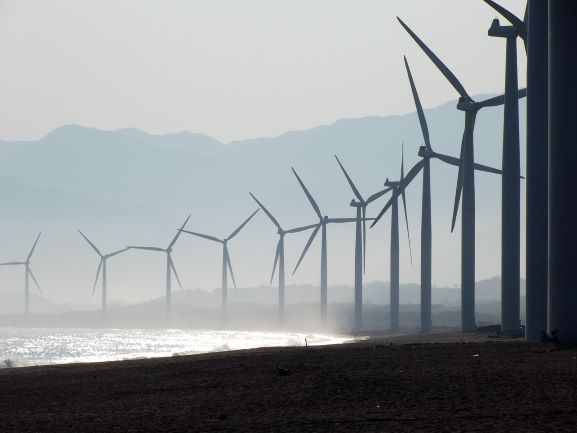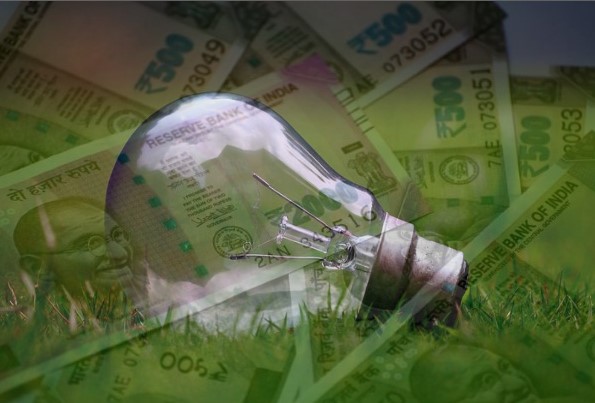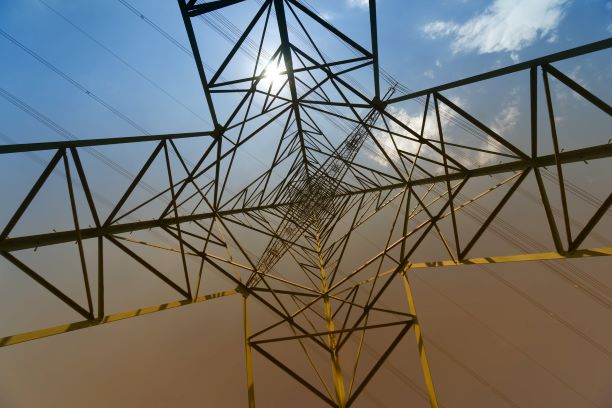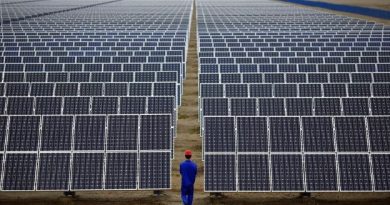MNRE Issues Draft Rules for Leasing Offshore Wind Energy

The Indian government has issued draft offshore wind energy lease rules for projects that will be developed within India’s Exclusive Economic Zone (EEZ). The proposed areas are to be allocated through international competitive bidding only.
The EEZ is the area of 200 nautical miles from the coast line on the sea bed to generate electrical power in natural sea environment for exploitation of wind energy potential, assessed through various resource assessment/studies/investigations.
The draft is open for comments and suggestions till February 25, 2019, the Ministry of New and Renewable Energy (MNRE) announced. The suggested rules call for leasing areas for offshore wind development of 100 sq m-500 sq m (1,076 sq ft-5,382 sq ft), depending on the size of the project, and will be located within the EEZ off the coast of India.
Each lease within the exclusive economic zone will be initially valid for five years to carry out prospecting and 30 years to set up an offshore wind farm, with an option to be extended for five more years. Furthermore, the rule stipulates that all project development activities, including the assessment of offshore wind energy potential through related studies and surveys, to be undertaken only once the lease has been secured by a particular entity.
Last year the government had set a goal of adding 5 GW of offshore wind capacity by 2022 and 30 GW by 2030. The renewable energy sector in India had a sobering year in 2018 with the number of new projects slowing down and investors finding that the sector was generating lower power and financial returns. But the report by Bridge to India seems too optimistic. The sector will add about 2,300MW capacity in 2019, up 18% over the previous year, all of which will come up in Tamil Nadu and Gujarat says the RE 2019 Outlook published by renewable energy consultancy.
All the eyes are now towards the Final Budget 2019, which could further clear up the foggy picture as 2019 is an election year. So the ambitious target of 100GW for solar and 60 for wind may remain the ‘overt exuberance’ of the government. Overall, the sector looks set to grapple with the challenges of GST, safeguard duty, funding availability and transmission connectivity.







